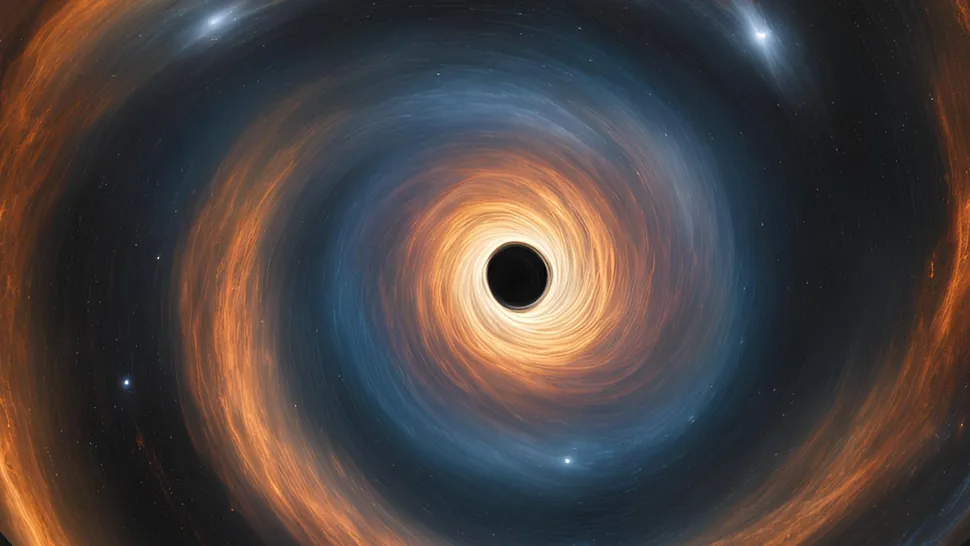Black holes exert a tremendous influence on their surroundings, meaning that when they spin, they literally drag the very fabric of space and time around with them. That means nothing can sit still around a rotating black hole, including the “plates” that these cosmic titans feed from.
Those flattened clouds of gas and dust surrounding supermassive black holes are known as accretion disks. Around some supermassive black holes, the churning of these disks is one of the most efficient ways of converting energy in the known universe — changing gravitational and kinetic energy to bright electromagnetic energy, which we know better as just “light.”
Astronomers know that dimmer accretion disks “wobble” like slowing, spinning tops around some black holes. But what hasn’t been clear is whether incredibly bright, or “ultraluminous,” accretion disks also wobble, or “process,” as they spin. That is what researchers from the University of Tsukuba set out to discover.
“The gravitational energy of the accreting matter is released, and then a part of the released energy is converted to thermal, magnetic and radiation energy. As a result, it is thought that strong radiation and jets appear,” the authors wrote in a paper published in the Astrophysical Journal.
Spinning black holes have wobbly dance partners
Supermassive black holes with masses millions, or sometimes even billions, of times that of the sun are believed to dwell at the hearts of all large galaxies — but not all of these black holes are surrounded by accretion disks.
Where accretion disks are present, the immense gravity of the central black hole generates a huge amount of friction in the flattened clouds, heating gas and dust and transforming the matter into plasma. This causes accretion disks to glow brightly in regions that scientists call active galactic nuclei (AGNs).
Additionally, because black holes are “messy eaters,” some of the material in accretion disks is channeled toward the poles of blacks hole by powerful magnetic fields, where they are blasted out as high-energy twin jets of plasma. Traveling at speeds approaching that of light, these jets are accompanied by powerful electromagnetic emissions.
The emissions from these supermassive black hole-powered sources are seen as “quasars” here on Earth. Some accretion disk and plasma jet emissions in AGNs can be so bright that they outshine the combined light of every star in their home galaxy.
The team behind this research wanted to know if the brightest or most “ultraluminous” accretion disks wobble in the same way as their less luminous counterparts. To determine this, the researchers conducted a large-scale simulation that factored in the dynamics of electromagnetic radiation and Albert Einstein’s 1915 theory of gravity, general relativity.
This confirmed for the first time that ultraluminous accretion disks indeed process things like dimmer accretion disks as they are dragged around by the supermassive black holes at their hearts.
“The gas is mainly ejected around the rotation axis of the outer part of the disk rather than around the spin axis of the black hole,” the team wrote in their paper. “The disk precession changes the ejection direction of the gas with time.”
The team also determined that the wobble transferred to the plasma jets blasted out from black holes sitting at the heart of ultraluminous accretion disks. This would cause these jets and the light they emit to change directions. That could explain the periodic changes in brightness seen in ultraluminous accretion disks, something that has been a major puzzle for scientists.
The University of Tsukuba team now intends to confirm that the black holes at the hearts of these accretion disks and this research are indeed spinning.
They will do this by performing an analysis comparing long-term simulations with astronomical observations of these systems. This could strengthen our understanding of how the spin of black holes is crucial in influencing a variety of cosmic phenomena and confirm the effect of spinning black holes on the very fabric of space and time.
Source: https://www.space.com/black-hole-accretion-disk-spin



